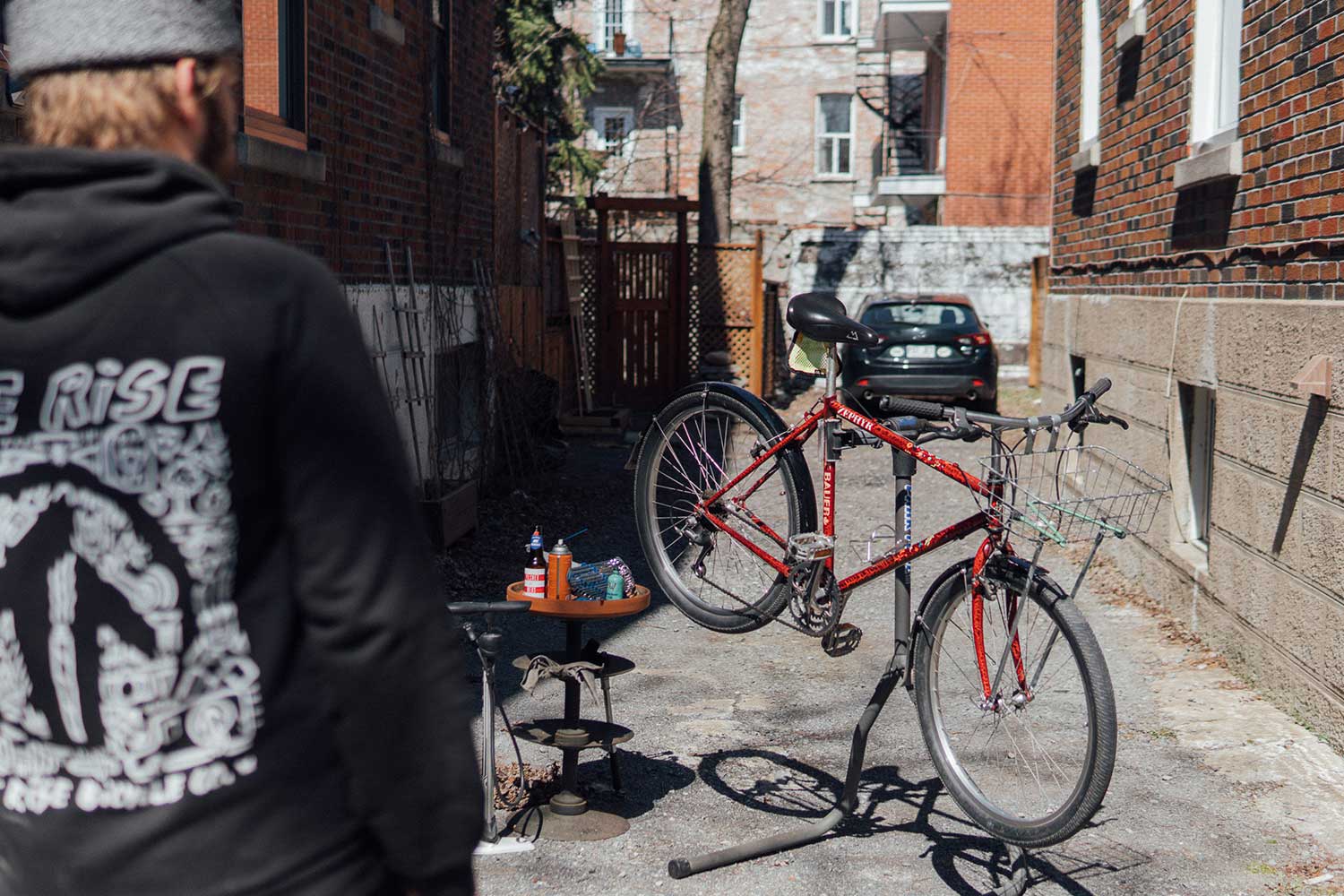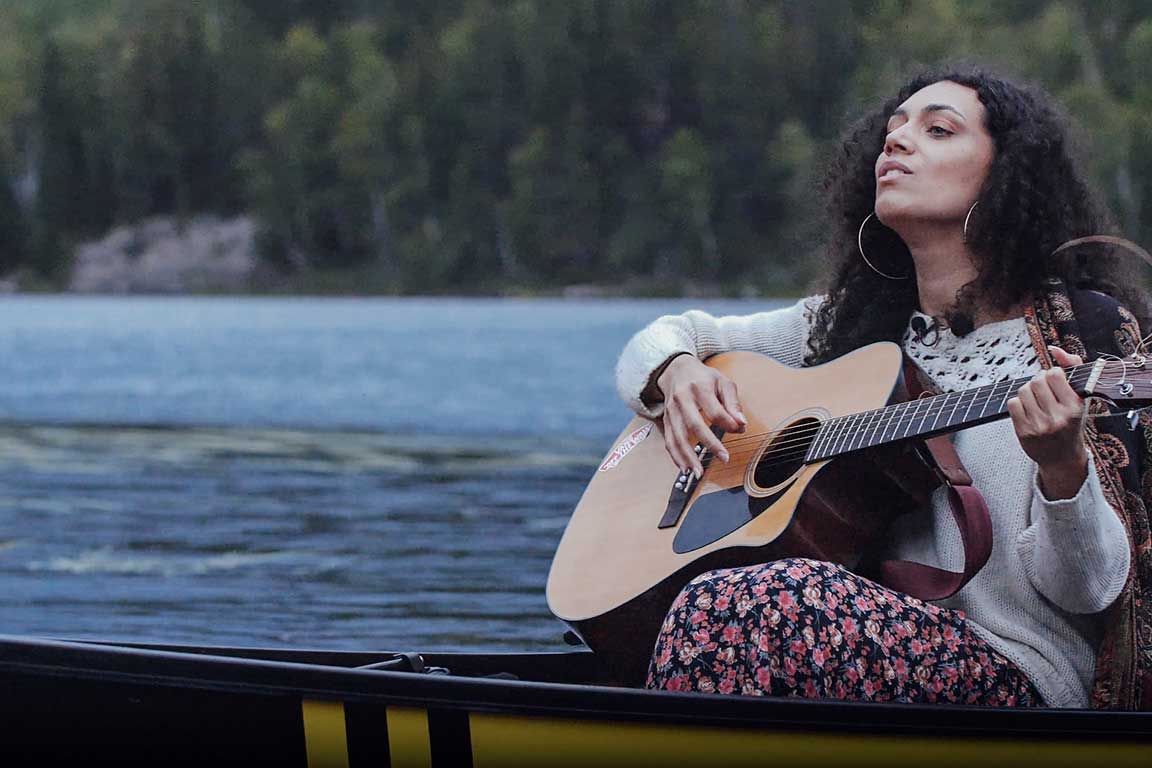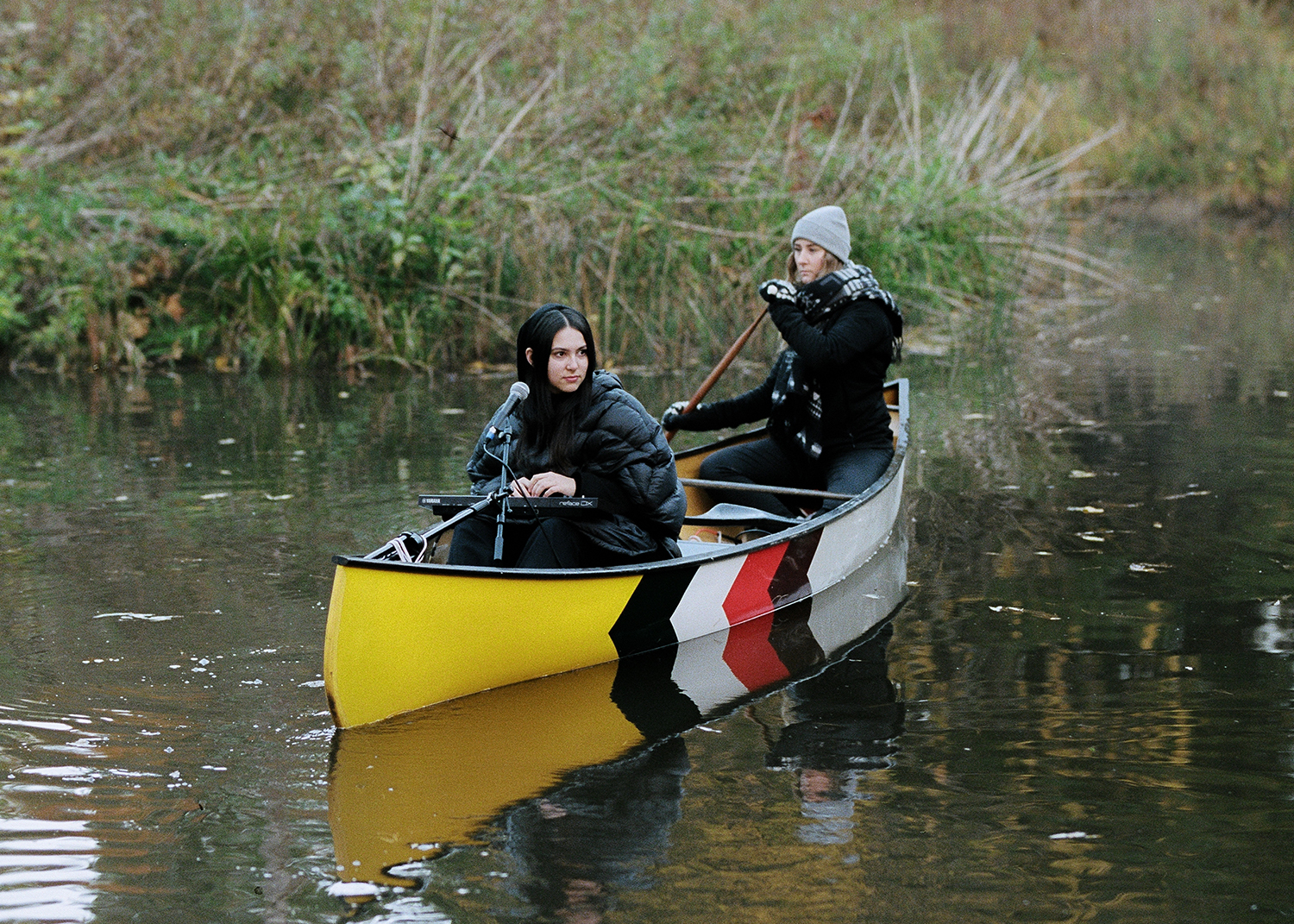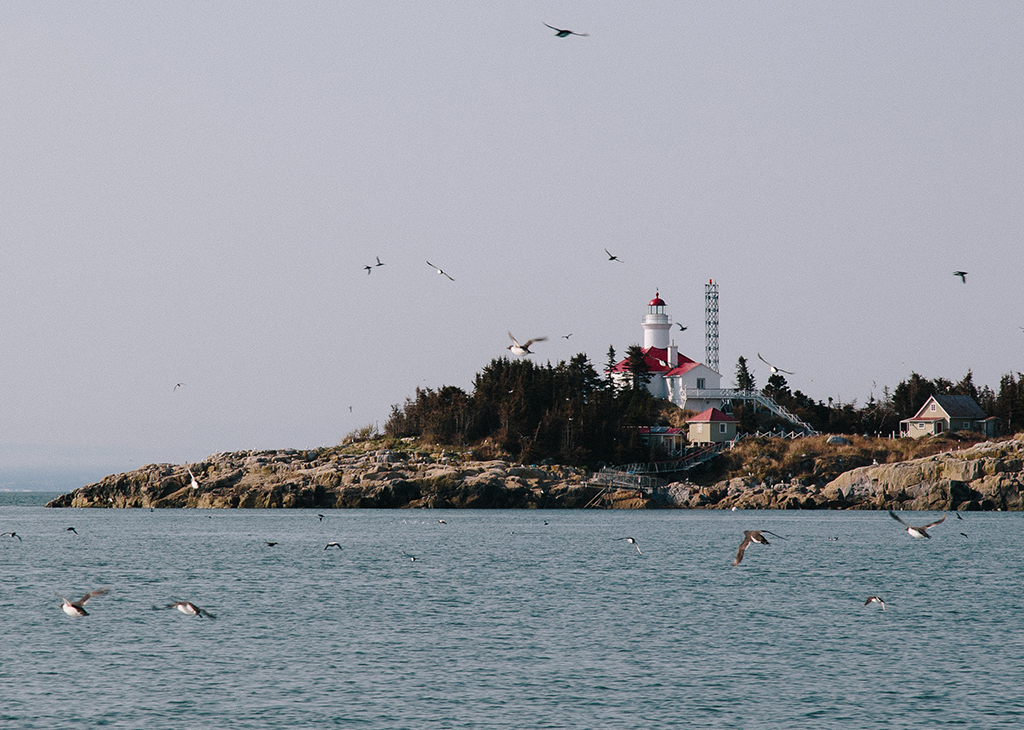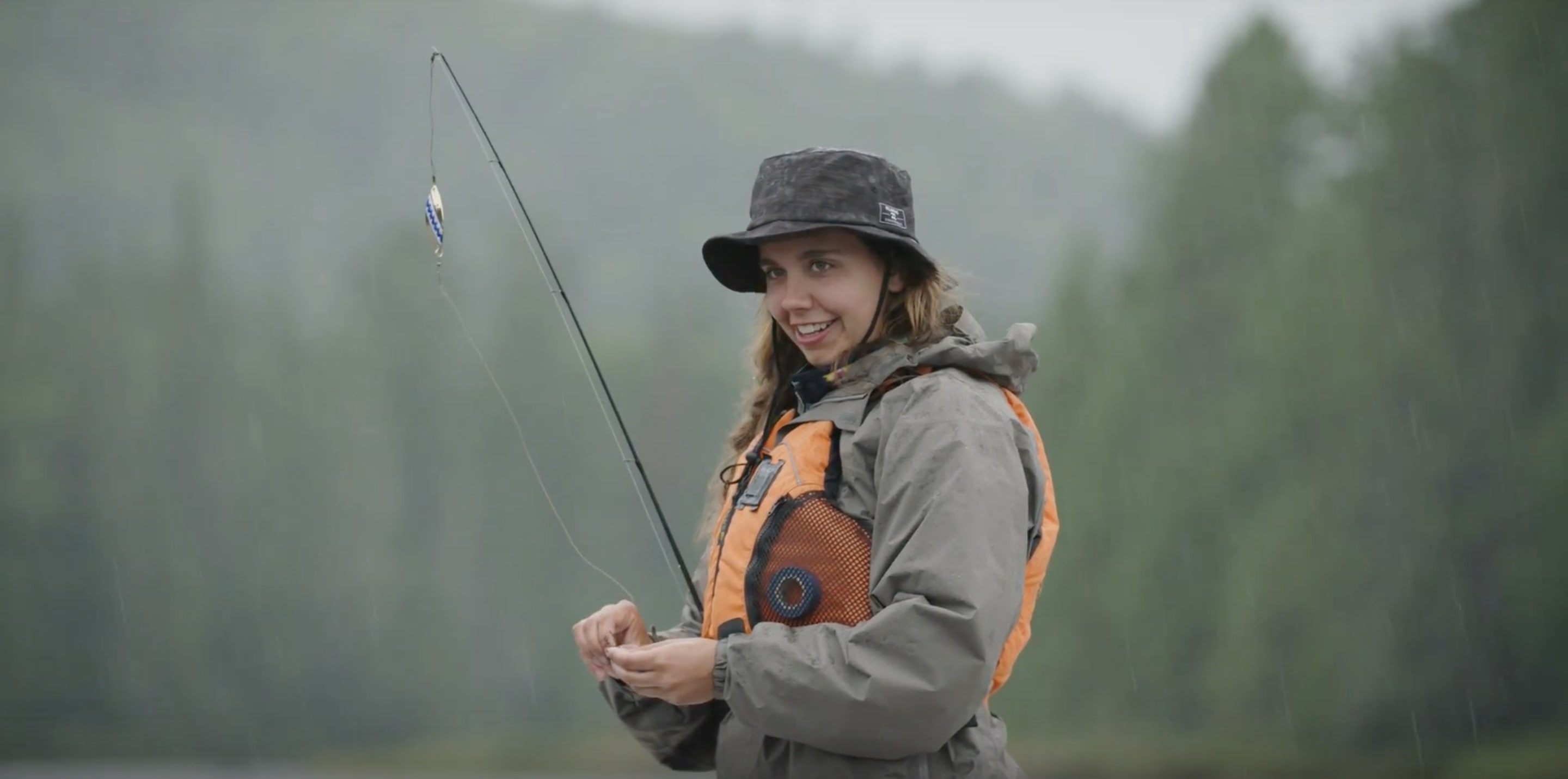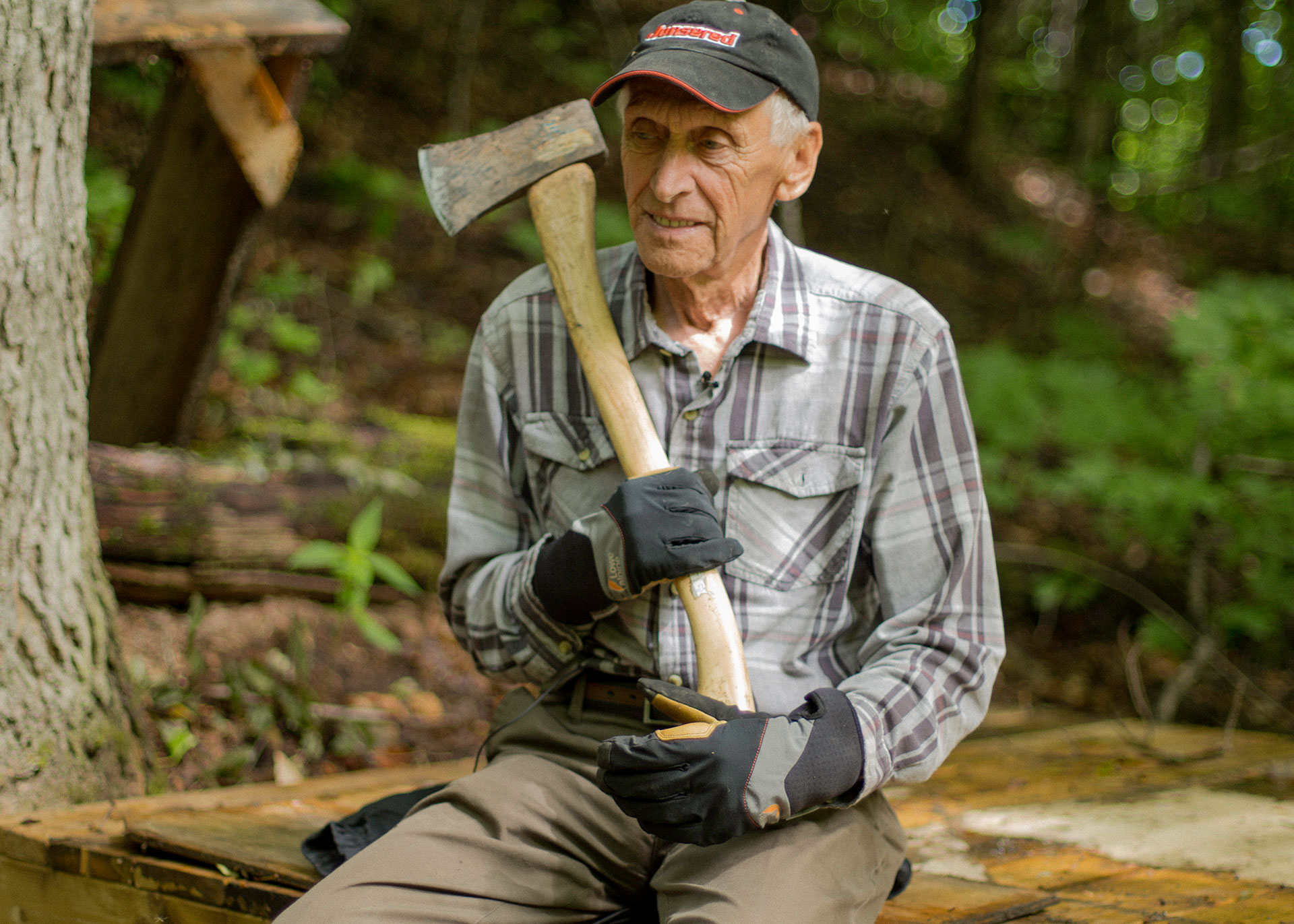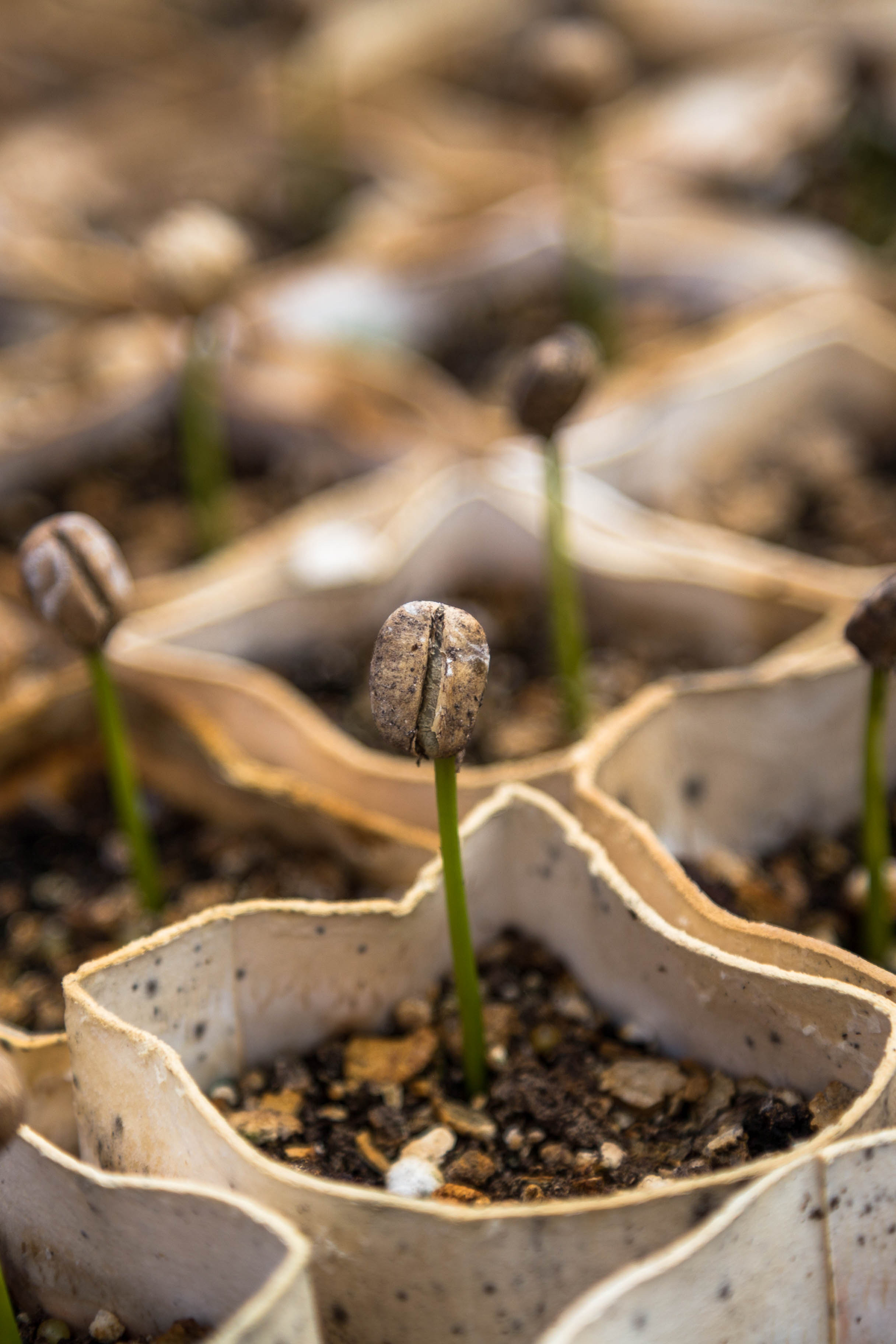Mini-Guides
Four Traditions Reinvented
When we think of traditions, we tend to imagine a set of customs that are transmitted generationally from the distant past into the living present, perhaps growing further removed from their original meaning with each new iteration.
But here’s the thing: there almost never exists a single, static point of origin. Traditions are in flux by definition; they’re traditional because of the fact of being passed along.
It’s easy to dismiss the contemporary traditions that shape the way we gather, cook, and relate to one another as superficial gestures. But in doing so, we neglect to notice that the way they’ve been adapted to suit today’s realities can reveal so much about who we are and what’s important to us at any given moment in history.
These four traditions are emerging, and while it may give you yet another reason to roll your eyes at modern life, they also paint a picture of a culture that’s striving to find meaningful ways to rebuild our relationship with the natural world.
A meat-free holiday table
Being a vegan is especially hard during the holidays, because they often revolve around the familial tradition of preparing, carving, and eating meat. The “vegan option” is often a pile of mashed potatoes with no gravy, and three-quarters of a plateful of peas, with a family member trying to manage their discomfort with your dietary choice by asking probing questions: “But don’t you ever miss steak?”
The ritualization of meat consumption has bred a kind of taste-based nostalgia that makes it hard to imagine a celebration without it, but a lot of North American families are creating new taste memories with vegan holidays. There are a lot of good reasons to make the switch. Researchers at Carnegie Mellon calculated the carbon footprint of a typical Thanksgiving meal, which included raising, growing, and cooking the food that we typically consume that even- ing, and found that the average dinner produced about 50 pounds of carbon dioxide. By comparison, the carbon footprint of a vegan meal is about 60 per cent lighter than a meat-heavy one.
For families torn between the interests of vegans and meat-eaters, the challenge is to find alternatives that can encourage people to eat vegan without dramatically changing their habits or flavour expectations. It’s worth asking which aspects of our meat-eating rituals are most essential. Is it the collaborative nature of the cooking process or is it the texture and succulence of the meat? Is it about having a show-stopping dish at the centre of the table that becomes the most salient item on our plate? Or is it really just the taste of fat?
There’s no shortage of solutions. Most grocery stores now carry at least one frozen “vegan turkey” roast, which is usually made of wheat protein or something similar and filled with stuffing. Google “vegan centrepiece” and you’ll get an array of elegant dishes that could easily be mistaken for decorations. The hardest aspect to replicate might be the shared experience of eating more or less the same meal as an entire nation, on the same day of the year, but given the difficulty of achieving that vision sustainably, maybe it’s time we left it behind.
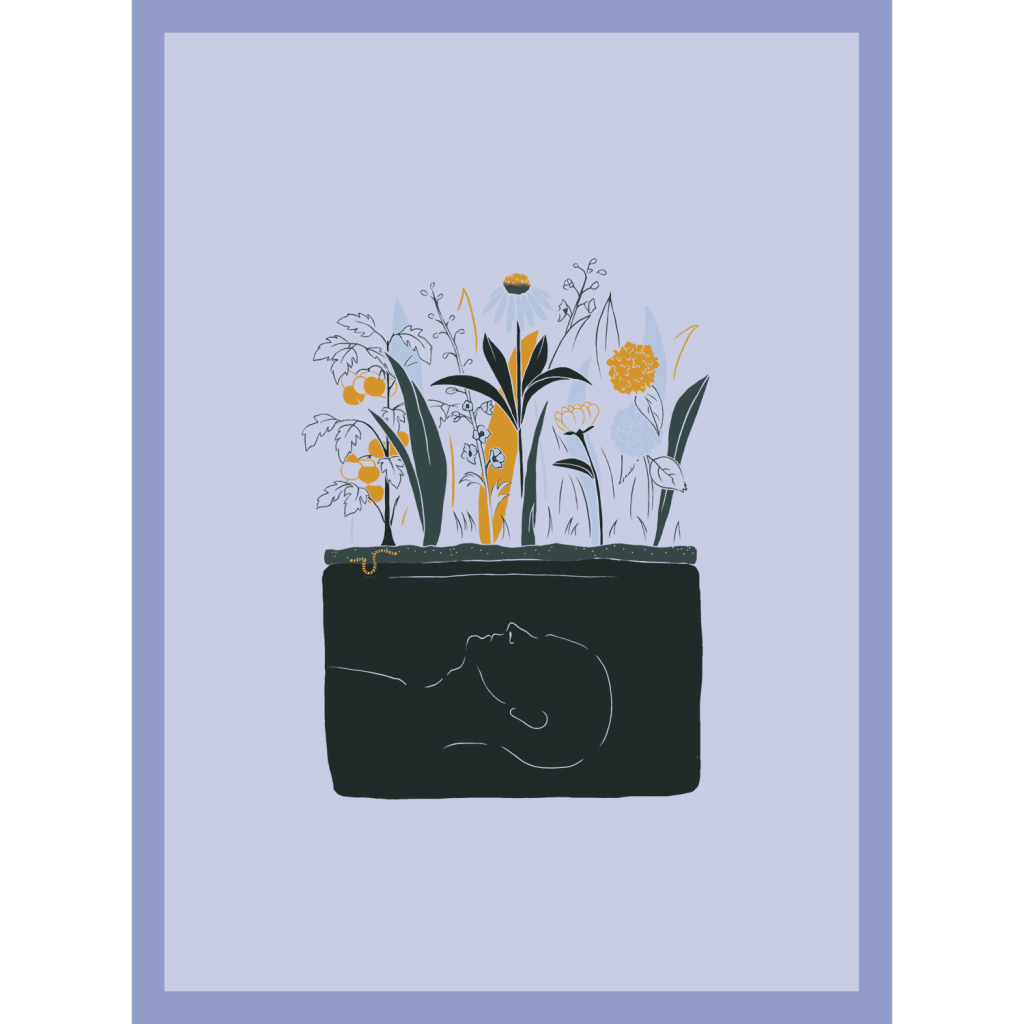
A greener way to die
In the 2010 film The Way, an ophthalmologist played by Martin Sheen goes to France to retrieve the body of his adult son, Daniel, who died in a storm while walking the Camino de Santiago. Instead of coming straight home, he decides to walk the ancient trail with Daniel’s ashes himself, and scatter them into the sea at the trail’s end. If you overlook the weirdness of Sheen’s real-life son Emilio Estevez directing a film about a man walking the Camino with his dead son’s ashes, the portability of cremated ash allows for a more poignant final ritual to close the film than simply lowering a body into the ground.
Absent from these cinematically rich scenes is the environmental cost of the ritual. The average cremation requires roughly the amount of energy that a single person uses in an entire month. Though it isn’t as hazardous as a traditional burial—considering the abundance of formaldehyde, steel, and reinforced concrete—cremation releases over 600 million pounds of carbon dioxide into the atmosphere every year.
As we become more conscious of greener ways to live, many are also looking for greener ways to die.
As we become more conscious of greener ways to live, many are also looking for greener ways to die. The green burial industry is attempting to fill the gap. It involves enclosing the body in “low-impact,” biodegradable materials like banana leaf, cork, and felt, then burying it in a grave that’s just deep enough to keep animals at bay but shallow enough to be consumed by bacteria. It’s not a new thing; until the 1800s, the only type of burial available was the green kind.
Architect Katrina Spade is taking it a step further with a process she calls “recomposition,” which is similar to composting and takes up less land than burial. Spade modified a practice that farmers had long been using to dispose of dead cattle to create a method by which a body could turn into a cubic yard of soil in four to seven weeks, using alfalfa, straw, and wood chips as catalysts for decomposition.
The increasing availability of environmentally friendlier funerary methods also redirects the grieving process from the funeral parlour back into domestic space, with the help of death doulas and DIY preservation techniques (ice packs can go a long way). This shift carries the potential for more inventive rituals around death, and for much longer goodbyes. Instead of laying flowers on a loved one’s grave, what if we kept their memory alive with a garden of perennials that were grown in their soil?

A queerer astrology
I recently came across a Tinder bio that contained only a single line: “I am an Aquarius, just to get it out of the way.” Five years ago, it would have been buried among other interests as a quirky habit; for a lot of queer people, it’s become the only detail you need. Astrology’s back, and queer people have adopted it with a special kind of fervour. Some say it’s because Trump’s election drove the community to seek refuge outside of a political establishment that would no longer protect them. Others claim that social media helped queer astrologers reach their own massive audiences without having to elbow their way into the back pages of newspapers.
Chani Nicholas, one of the internet’s most prolific practitioners, suggests that queers are especially drawn to astrology because it’s a reflective tool that describes a wide range of identity expressions without judgment. Toronto-based astrologer Charm Torres adds that since queers tend to be social outsiders, they often struggle with things like chasing down a dream job. Astrology can be just prescriptive enough to help them get unstuck.
But astrology wasn’t always this queer friendly. In the Hellenic tradition, signs and planets are gendered either male or female, where masculine energy is portrayed as active and light, while the feminine is associated with passivity and negativity. In 2012 a group of professional astrologers met at a conference and decided it was time astrology got queered. That meant dealing with the homophobic, sexist language in textbooks, and applying the theory through a queer lens in order to dispel its normative assumptions—like the idea that Mars is all about your daddy issues.
Today, we have access to an endless source of astrological wisdom in a variety of forms. There’s a Facebook group dedicated solely to astrology memes. You can have your chart read over Skype. Apps like The Pattern and Co-Star will not only give you a daily horoscope that’s geared to your specific birth date and time, but will also tell you what kind of day your friends are having.
Maybe it’s astrology’s inherent malleability that gives the tradition its staying power. During the tumultuous confluence of the women’s and gay liberation movements in the 1960s, a lot of feminists abandoned patriarchal, monotheistic religions in favour of New Age spiritual practices, including tarot and astrology. Now they’re passing the knowledge on to a new generation of astrologers in hopes that it can be adapted yet again to guide us through this frighteningly unstable era.

A life with plants
There are a lot more children’s songs about animals than there are about plants. If you’re a four-year-old, it’s easier to skulk around wagging an arm behind you and braying than it is to recall the shape of a specific leaf and imitate it with your body.
We’re better at conjuring mental images of animals than plants because of a phenomenon called “plant blindness”: since most plants are roughly the same colour, grow close together, and barely move, our brains tend to group them together instead of noticing their differences. That’s a problem, because if we can’t see plants, we become indifferent to their destruction.
While urbanization has made us increasingly alienated from the plant life of the great outdoors, indoor plants are getting trendier. Instagram’s houseplant influencers are drawing in hundreds of thousands of followers with lifestyle shots of sun-drenched Monsteras, or jungly spaces so thick with vines and shrubs that it’s hard to tell whether they’re inside or outside someone’s house.
A growing number of online tutorials and workshops have sprung up to meet the surge of interest in flower arrangement. While Western arrangements prioritize a more in-your-face floral style, the Japanese practice of ikebana is more sparse, often employing just a single stem to draw the viewer’s attention to the more overlooked aspects of the plant’s beauty. It’s a gesture that seems to counteract our tendency to perceive plant life as an indeterminate green mass.
Abbye Churchill, author of A Wilder Life: A Season- by-Season Guide to Getting in Touch with Nature (Artisan),—a book that’s been described as a “Whole Earth Catalog” for millennials—speculates that this new obsession is about feeling the sense of accomplishment that comes with the ritual of caring for another living thing, with economic precarity making it increasingly difficult to care for oneself.
For others, it’s just about conspicuous consumption. Dominic Raîche, a floral designer at Montréal- based plant retailer Plantzy, noticed that every time plantfluencers feature a particular species, they run out of stock a few days later. If they can’t provide their customers with the variety they seek, some will do everything in their power to find them, no matter the cost, or the distance they’ll travel. Some will arrive all the way from Thailand or Indonesia, only to wilt in unsuitable homes.
It’s unclear whether spending $100 on a plant that you can propagate from a clipping for free or contorting flowers into unrecognizable shapes will somehow help stall the extinction of plant species, but if we can start treating plants as luxury items, we might at least begin to notice. ■■
______________




